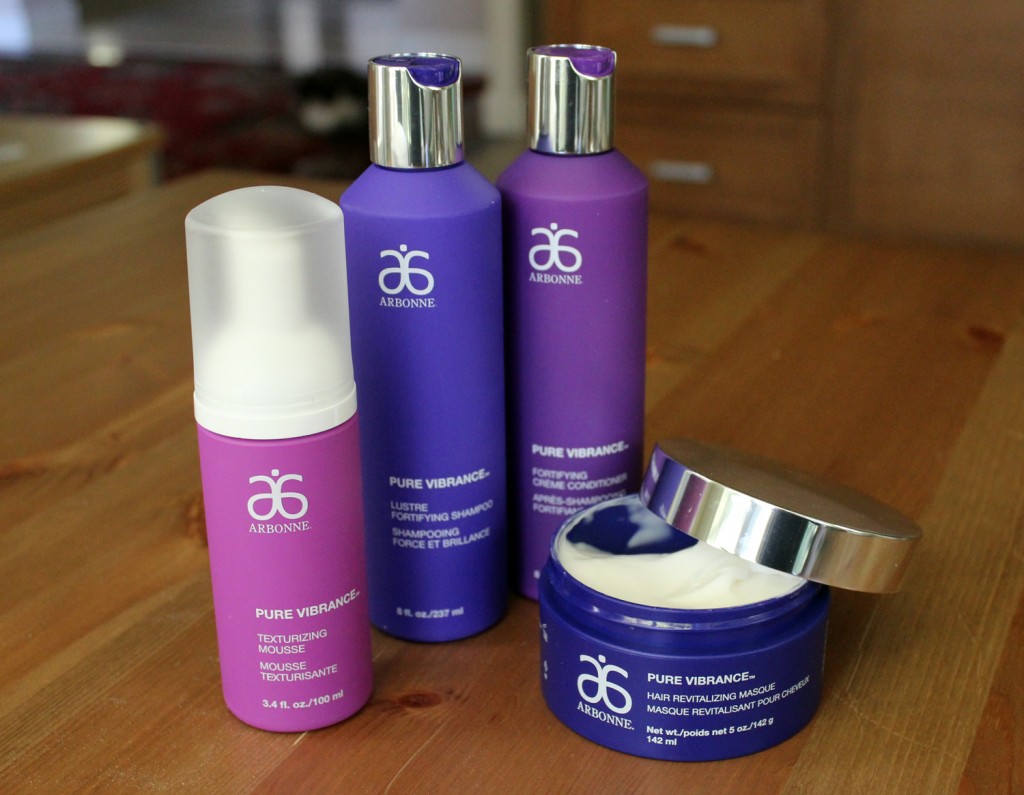


After that, read on to get inspired by 10 vibrant hair color ideas to consider. In honor of Vegan Awareness Month, we are breaking down the details of what ingredients are present in vegan hair dye and how they can positively affect your strands. By opting for products that are safer for our bodies, for animals, and often for the planet, conscious consumers are changing the beauty landscape and creating a safer environment for all. “The dyes are also synthesized from petrochemical origin, so the term organic wouldn’t apply to anyone’s dyes.Here at All Things Hair, we are constantly inspired by those who remain committed to vegan beauty routines. “Organic is a term used to define a farming practice prior to cultivation of a plant,” she adds.

Remember what “organic” actually means beyond its marketing appeal, too. “The other ingredients in the color are to make the base-whether it’s a cream or a gel-but they don’t actually color the hair.” None of these are organic or natural,” says George.

“Conventional hair color needs four ingredients to work: oxidative dyes to color the hair, antioxidants to keep the dyes from reacting before they’re used, alkalizer like ammonia or MEA to swell the hair, and hydrogen peroxide.
Vegan hair color lines full#
It’s one thing to understand that your hair dye is full of inorganic ingredients-it’s another thing to understand why it matters, and that it’s not a bad thing (because, let's not forget, water is also a chemical). But Why Isn’t Conventional Hair Dye Organic? “When the bleach comes in contact with the heavy metals from the henna, uncontrollable reactions can occur with high heat, which can burn the consumer or dissolve the hair.” Yikes. It’s very difficult to remove heavy metals when the henna is processed to make it ready for coloring the hair,” says George. “Henna, like all plant-based materials, contains heavy metals due to growing in soil. You can run a risk of facing henna’s dark side if you attempt the latter. “It should also be noted that hair will not lift with bleach easily after using henna, so you need to go a shade darker, rather than lighter.” Henna is very hard to lift out of your hair later,” says Chris Appleton, a celebrity hairstylist whose clients have included Kim Kardashian West and Jennifer Lopez. “Keep in mind that if you want to dye your hair later, it may be difficult to go lighter in color. These can be blended together to create natural shades of brown, or a reddish color,” explains George.īut there is a reason why stylists often suggest avoiding henna, even if it’s one of the more natural options. “The only ‘natural’ hair dye that exists is based on henna, cassia, or indigo extracts. Sorry: Natural Hair Dye Doesn't ExistĪt least, not in the traditional sense. Regarding semi-permanent and permanent hair color, VP of Research and Development and Color Chemist at John Paul Mitchell Systems Valerie George says, “There is no such thing as organic.” So, does that mean it’s not clean, or safe? We turned to the experts to separate fact from fiction. We’re talking about hair dye, those oh-so tempting chemicals that promise the hair color of your dreams. Just about every facet of your haircare routine can be clean and organic-except for the one you probably spend the most time, money, and energy on.


 0 kommentar(er)
0 kommentar(er)
